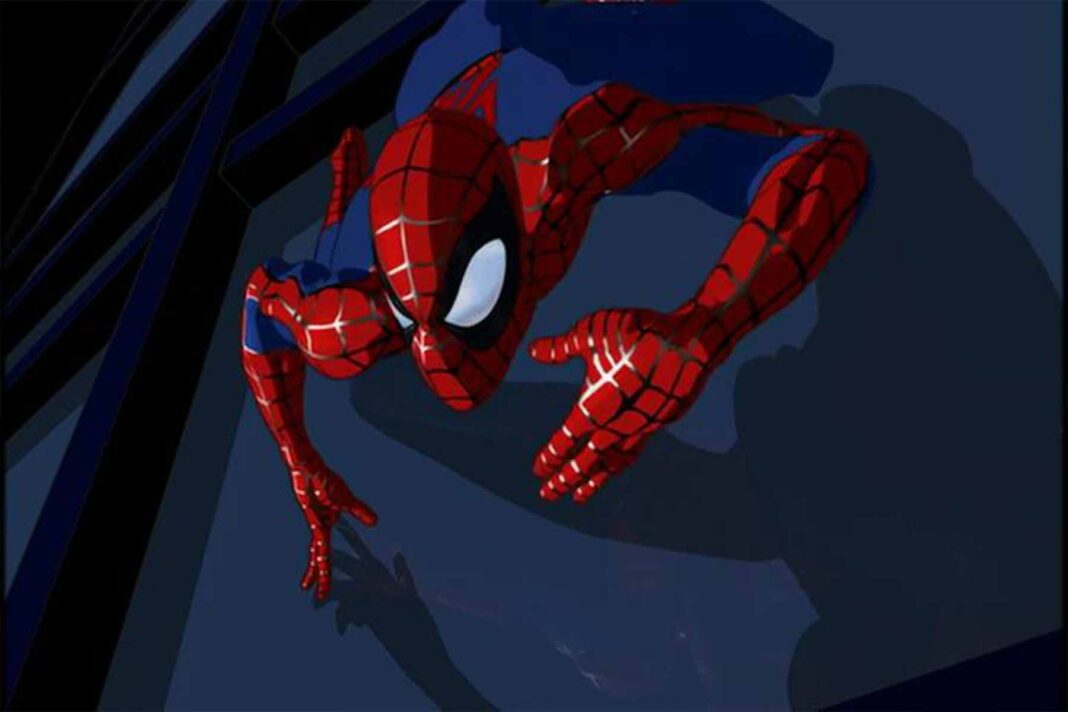Introduction of Spider-Man to the Big Screen
“Spider-Man,” released in 2002, marked the highly anticipated debut of the iconic Marvel superhero on the big screen. Directed by Sam Raimi and starring Tobey Maguire as the titular character, the film brought to life the beloved comic book character with stunning visual effects, compelling storytelling, and thrilling action sequences. “Spider-Man” was a groundbreaking moment in superhero cinema, setting the stage for the resurgence of comic book adaptations in the early 2000s.
Origin Story and Character Development
At its core, “Spider-Man” follows the classic origin story of Peter Parker, a high school student who gains superhuman abilities after being bitten by a genetically modified spider. As Peter grapples with his newfound powers, he learns valuable lessons about responsibility, sacrifice, and the true meaning of heroism. The film delves into Peter’s personal journey as he navigates the challenges of balancing his dual identity as both a shy, nerdy student and a courageous crime-fighting vigilante.
Villainous Threat: The Green Goblin
“Spider-Man” introduces audiences to one of the most iconic villains in the Marvel universe: the Green Goblin, portrayed by Willem Dafoe. As Norman Osborn, a brilliant scientist driven to madness by his own experimental serum, Dafoe delivers a memorable and menacing performance. The Green Goblin’s reign of terror poses a formidable threat to both Peter Parker and the city of New York, setting the stage for an epic confrontation between hero and villain.
Impact and Cultural Phenomenon
Upon its release, “Spider-Man” captivated audiences and critics alike, becoming a cultural phenomenon and a box office success. The film’s groundbreaking visual effects, dynamic action sequences, and heartfelt storytelling resonated with audiences of all ages, solidifying Spider-Man’s status as a beloved pop culture icon. “Spider-Man” not only redefined the superhero genre but also paved the way for future comic book adaptations, inspiring a new generation of filmmakers and fans.
Legacy and Continued Franchise Success
Reflecting on “Spider-Man” in 2002 highlights its enduring legacy and the lasting impact it has had on superhero cinema. The film’s success spawned two sequels, “Spider-Man 2” (2004) and “Spider-Man 3” (2007), both of which further explored Peter Parker’s journey and introduced new challenges and adversaries. Additionally, “Spider-Man” paved the way for the Marvel Cinematic Universe (MCU), laying the foundation for interconnected storytelling and ensemble casts that would redefine the superhero genre in the years to come.
In summary, “Spider-Man” in 2002 represented a landmark moment in superhero cinema, introducing audiences to the beloved Marvel character in a thrilling and visually stunning film. With its compelling storytelling, iconic characters, and groundbreaking visual effects, “Spider-Man” left an indelible mark on popular culture and paved the way for the resurgence of comic book adaptations in the early 2000s and beyond.











